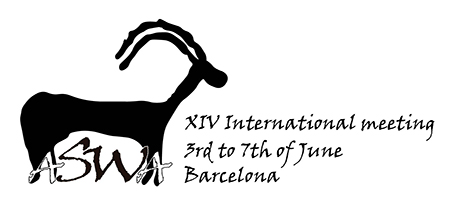Salvage operations undertaken in the 1990s at the request of the Syrian government documented numerous archaeological sites in the Khabur Basin of the northeastern part of the country. Threatened by flooding that would result from the completion of a large dam on the Khabur River to create an irrigation reservoir, surveys and subsequent excavations revealed a cluster of small settlements along the middle stretch of the river that were inhabited during the course of the Early Bronze Age (3000-2000 BC). Founded during the first half of the third millennium, the archaeological literature soon focused on the role that these rural communities may have played in the urbanization of the northern Khabur Basin around 2500 BC. Zooarchaeological analyses have now been published for many of these sites, with only two remaining to be completely described. This poster presents a summary of the most important faunal data from one of these two sites – Tell ‘Atij – whose animal bone assemblage is of relatively large size and provides a diachonic profile. As such, the Tell ‘Atij zooarchaeological dataset will significantly expand the existing picture of the region's Early Bronze subsistence economy and complete the available array of faunal information for comparative analyses. As the middle Khabur River is now inundated and further excavation of these sites is no longer possible, the zooarchaeological analysis for Tell ‘Atij (and its sister site of Tell Gudeda, also now available but not detailed here) will permit the fullest possible zooarchaeological profile of the central Khabur Basin during the Early Bronze Age.
|
|
|
By author > Rufolo Scott
Completing the Zooarchaeological Picture of Rural Responses to Urban Developments in the Early Bronze Age Khabur Basin of Syria
1 : Canadian Museum of Nature (CANADA)
* : Corresponding author
| Online user: 1 | RSS Feed |

|

 PDF version
PDF version